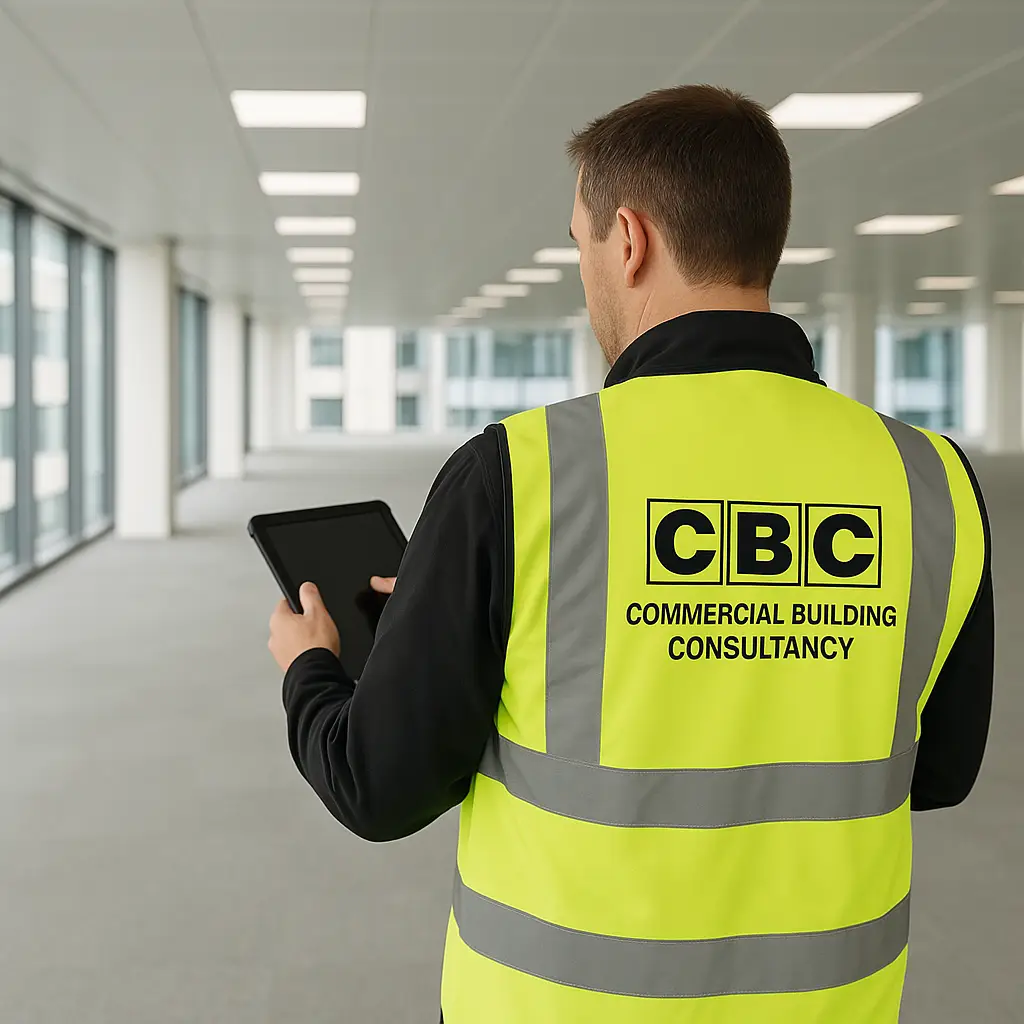A Schedule of Condition (SoC) survey is a critical document for both landlords and tenants entering into a commercial lease agreement. This survey provides a detailed record of a property’s condition at a specific point in time, typically before the lease begins. A comprehensive SoC survey report ensures that both parties have a clear understanding of the property’s state, which helps in avoiding disputes, clarifying responsibilities, and protecting their interests throughout the lease term. This blog will outline the key elements that make up a comprehensive Schedule of Condition survey report.
1. Introduction and Scope
Why it matters: The introduction sets the stage for the report, outlining its purpose and scope.
Key Elements:
- Purpose of the Survey: A brief explanation of why the survey was conducted, such as establishing a baseline condition before leasing.
- Scope of the Survey: Defines the areas and aspects of the property covered by the survey, including any limitations or exclusions.
Example: “This Schedule of Condition survey was conducted to document the current state of the commercial property at 123 High Street, prior to the commencement of a new lease agreement. The survey includes an inspection of structural elements, finishes, fixtures, and fittings, with certain areas excluded as per client agreement.”
2. Property Details
Why it matters: Detailed information about the property provides context and helps identify the specific premises covered by the survey.
Key Elements:
- Property Address: Full address of the property, including any specific units or floors if applicable.
- Description of Property: Brief description of the property type, size, and usage.
- Date of Survey: The exact date when the survey was conducted.
Example: “The property located at 123 High Street, London, is a five-story office building with a total floor area of 10,000 square feet. This survey was conducted on 1st August 2024.”
3. Surveyor Details
Why it matters: Information about the surveyor establishes the credibility and qualifications of the individual or firm conducting the survey.
Key Elements:
- Surveyor’s Name: Full name of the surveyor(s) who conducted the inspection.
- Qualifications and Memberships: Relevant qualifications and memberships, such as RICS (Royal Institution of Chartered Surveyors).
- Contact Information: Contact details for follow-up queries or clarifications.
Example: “The survey was conducted by John Smith, MRICS, a chartered surveyor with over 15 years of experience in commercial property inspections. Contact: [email protected], +44 1234 567890.”
4. Methodology
Why it matters: Outlining the methodology provides transparency about how the survey was conducted and the techniques used.
Key Elements:
- Inspection Methods: Description of the methods and tools used during the inspection (e.g., visual inspection, photographic documentation).
- Areas Inspected: List of all areas inspected, such as exterior, interior, roof, basement, etc.
- Limitations: Any limitations encountered during the survey, such as inaccessible areas or adverse weather conditions affecting the inspection.
Example: “The survey was conducted using a combination of visual inspection and photographic documentation. Inspected areas included the exterior façade, roof, all interior floors, and the basement. Certain areas of the roof were inaccessible due to safety concerns.”
5. Detailed Condition Descriptions
Why it matters: Detailed descriptions provide a clear and comprehensive record of the property’s condition, essential for future reference.
Key Elements:
- Structural Elements: Condition of walls, floors, ceilings, roofs, and foundations.
- External Features: Condition of external walls, roofing, windows, doors, and any external fixtures.
- Interior Finishes: Condition of internal walls, flooring, ceilings, and built-in fittings.
- Services and Installations: Condition of plumbing, electrical systems, heating, and cooling installations.
- Fixtures and Fittings: Condition of any permanent fixtures and fittings.
Example: “The exterior brickwork shows minor weathering and moss growth, particularly on the north-facing wall. The roof is in good condition, with no visible signs of leakage or damage. The interior walls of the ground floor show signs of recent repainting, with no cracks or damp patches observed.”
6. Photographic Evidence
Why it matters: Photographs provide visual evidence to support the written descriptions and enhance the clarity of the report.
Key Elements:
- High-Quality Images: Clear, high-resolution photographs of all key areas and any identified issues.
- Annotations: Captions or annotations indicating the location and nature of any issues shown in the photographs.
- Reference Numbers: Reference numbers or codes linking photos to specific sections of the written report.
Example: “Photograph 1: North-facing exterior wall showing minor moss growth (refer to Section 5.1). Photograph 2: Interior wall of ground floor, recently repainted with no visible defects (refer to Section 5.3).”
7. Summary of Findings
Why it matters: The summary provides a quick overview of the most critical findings, making it easy to understand the overall condition of the property at a glance.
Key Elements:
- Major Issues: Briefly highlight any major issues or areas of concern.
- General Condition: Provide an overall assessment of the property’s condition.
- Recommendations: Outline any recommended actions or repairs based on the findings.
Example: “Summary of Findings: The property is generally in good condition, with minor issues noted on the exterior brickwork and roof access. Recommended actions include cleaning moss from the north-facing wall and addressing roof access safety concerns.”
8. Appendices and Additional Information
Why it matters: Appendices provide supplementary information that supports the main report, such as detailed measurements or additional notes.
Key Elements:
- Detailed Measurements: Any detailed measurements taken during the survey.
- Additional Notes: Any additional observations or notes that support the findings.
- References: Any references or sources used in the report.
Example: “Appendix A: Detailed measurements of the interior rooms. Appendix B: Additional notes on minor plumbing issues observed in the basement.”
Conclusion
A comprehensive Schedule of Condition survey report is essential for both landlords and tenants. It provides a clear and detailed record of the property’s condition, helping to prevent disputes and clarify responsibilities throughout the lease term. By including key elements such as the introduction and scope, property details, surveyor details, methodology, detailed condition descriptions, photographic evidence, summary of findings, and appendices, the report ensures that all relevant information is documented and easily accessible. Investing in a thorough SoC survey report ultimately protects the interests of both parties, fostering a transparent and cooperative leasing relationship.


